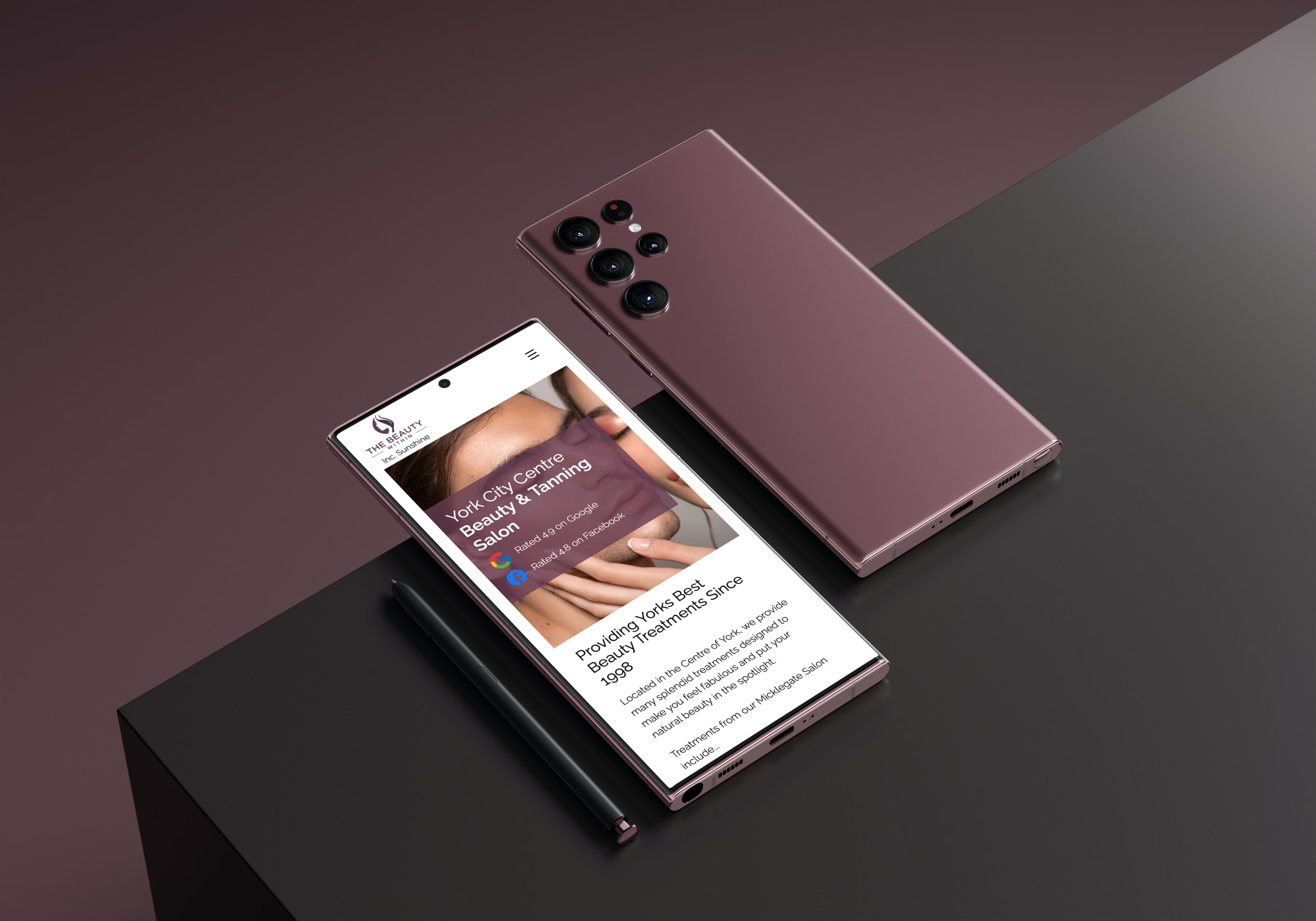Mobile-First vs. Mobile Responsive Websites: Why the difference matters

As someone who has experience building websites, I cannot stress enough the importance of designing a mobile-first website. It's not just about making your website look good on a mobile device, it's about creating a seamless user experience that caters to the majority of internet users who access the internet through mobile devices.
Unfortunately, I've noticed that many website designers and developers settle for mobile responsive design rather than taking a mobile-first approach. This is often due to a lack of understanding or the ability to code and build a website that prioritises mobile users.
So, let's look into the differences between mobile-first and mobile-responsive and the clear benefits of a mobile-first approach.
Mobile-first website design refers to a design approach where a website is designed for mobile devices first before adapting to larger screens like desktops and tablets. On the other hand, mobile responsive design involves designing a website that can adjust its layout and content to fit different screen sizes, including mobile devices.
While both mobile-first and mobile responsive designs are important, there are several reasons why mobile-first design is more important for websites today.
More People Use Mobile Devices to Access the Internet
Over the years, there has been a shift in the way people access the internet. According to Similarweb, in February 2023, mobile devices (excluding tablets) generated 64.97% of global website traffic. As a result, having a website that is mobile-first will ensure that it caters to the majority of users who access the internet through mobile devices.
Better User Experience
A mobile-first website is designed with the user in mind, focusing on providing a seamless user experience on mobile devices. By prioritising the needs of mobile users, a mobile-first website is optimised for smaller screens, faster load times, and easy navigation. This ensures that users can easily find the information they need and access the website's features without any difficulties, leading to a better user experience.

Improved SEO
Search engines like Google have shifted their focus towards mobile-first indexing, meaning that they prioritise mobile versions of websites when crawling and indexing content. This means that having a mobile-first website can improve your website's search engine rankings and visibility on search engines, leading to more traffic and potential customers.
Faster Load Times
Mobile-first websites are designed to be lightweight, with optimised images, CSS, and JavaScript. This means that they load faster on mobile devices, providing a better user experience and reducing bounce rates. This is especially important since mobile users are more likely to abandon a website that takes too long to load.
Better Conversion Rates
A mobile-first website can lead to better conversion rates since it is optimised for mobile users who are more likely to convert on a website. According to a study by Google, 61% of users are unlikely to return to a mobile site they had trouble accessing, and 40% would visit a competitor's site instead. A mobile-first website can, therefore, ensure that users have a smooth experience, increasing the chances of conversion.
In conclusion, having a mobile-first website is crucial in today's world, where more people use mobile devices to access the internet. It ensures that your website is optimized for mobile devices, providing a better user experience, improved SEO, faster load times, and better conversion rates. While mobile responsive design is still important, a mobile-first approach is the way forward.
Index
Get a professional website built-for-you
Take the stress out of getting your business online with a new website
Built-For-You
100% Satisfaction
High-Performance
Mobile First
Top Support
AI Assistant
